Animal Nutrition, A Modern Approach
Published: July 17, 2023
By: Ing. Joaquin A. Paulino / Research Professor ISA University
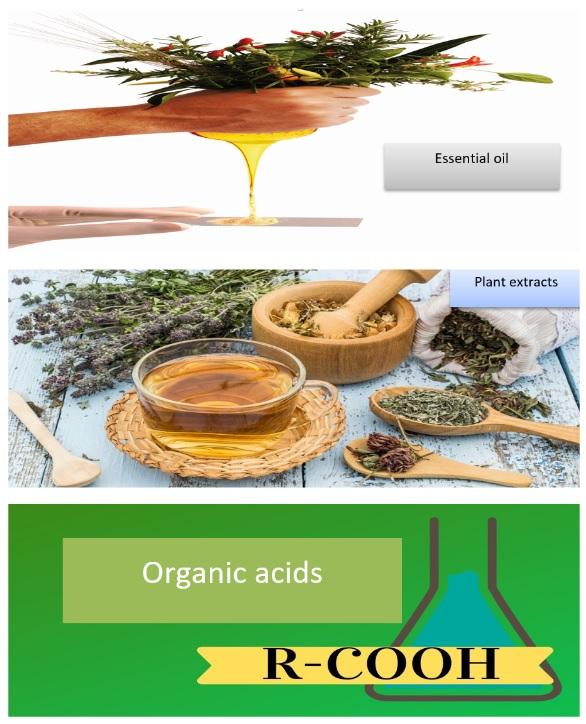
The livestock sector is responsible for providing healthy food to society and ensuring their health.
Production is changing parameters and values of productive performance due to the obligation to replace the therapeutic approach with a more holistic approach in which good nutrition is necessary to eliminate those practices that are increasingly questioned.
In animal nutrition, the holistic approach is based on organic and botanical products (Symbiotics, eubiotics, essential oils, plant extracts, organic acids, enzymes, organic minerals, dietary fibers, yeast, medium chain fatty acids with bactericidal effects, etc.).
He hopes that the demand for phytogenic additives to produce healthy balanced feed will grow extraordinarily in the coming years.
The phytogenic additives contain a multitude of bioactive substances that act through different mechanisms of action at a multi-organic level.
Its positive effects, more and more, can be assessed and quantified following the main and basic objective of our sector: the improvement of the productive yields of our animals and their health and the production of safe food for our consumers (magazine NutriNews, September 2017).
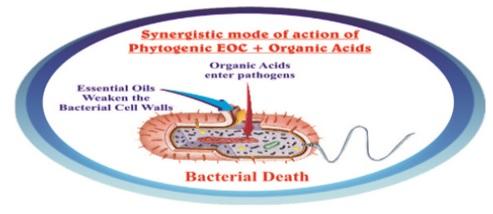
Environmentally friendly animal production:
-The sustainability
As the world population grows, the demand for animal protein will continue to increase. Over time, this need for ever-increasing amounts of animal protein, which is already putting enormous pressure on our planet's finite natural resources, will lead to significant environmental stress and push our food systems far beyond the limits of time planet.
The need to provide enough animal protein for a growing population, while reducing the environmental costs of animal production, will require smart science and innovative solutions.

- Measurement of greenhouse gas emissions GHG
It is fundamental that the livestock companies evaluate their own inefficiencies and risks linked to climate change, as their productive activities impart in the environment and the climate. The dissemination of this information will help the government to formulate policies against climate change and monitor the progress made by the sector. This information allows consumers, customers, suppliers and financial institutions to know the carbon footprint and water footprint corporate and the company's performance in the management of inefficiency and environmental risks.
Our producers must offer consumers carbon-neutral foods of animal origin.
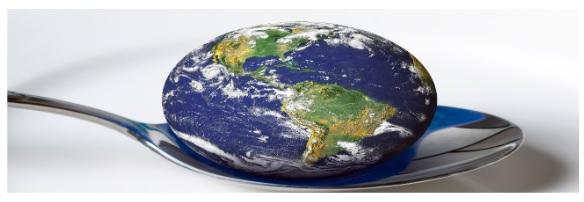
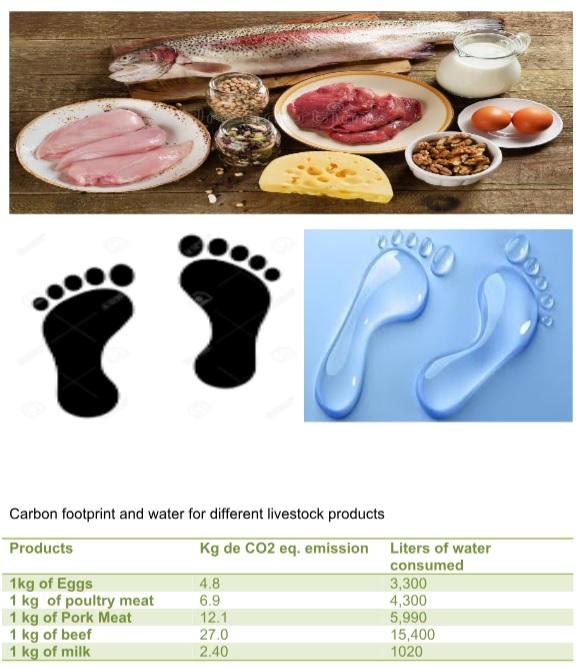
-Protein and energy of the future
By 2050 we will have to feed more than 9 billion people and soy flour will be scarcely available for animal feed, it is essential to use other sources of protein and energy that do not compete with humans.
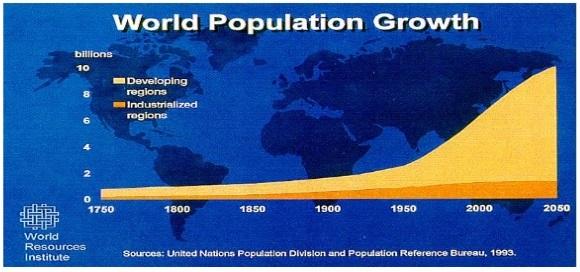
Insect meal, earthworm meal, single cell protein, algae meal and cellulose will be the sources of protein and energy of the future for animal and human food.
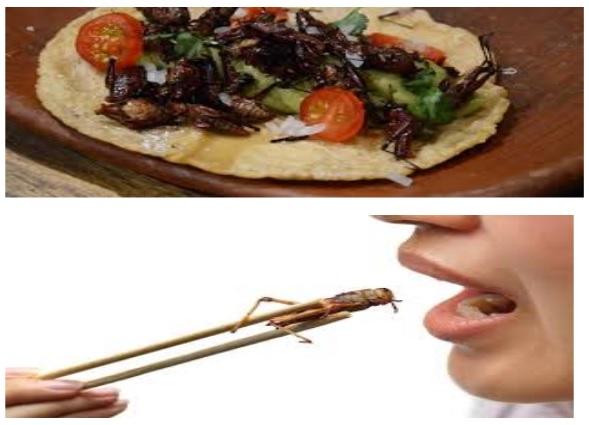

A team of Virginia Tech researchers has succeeded in transforming cellulose into starch, a process that has the potential to provide a previously untapped nutrient source from plants not traditionally thought of as food crops.
Y.H. Percival Zhang, an associate professor of biological systems engineering in the College of Agriculture and Life Sciences and the College of Engineering, led a team of researchers in the project that could help feed a growing global population that is estimated to swell to 9 billion by 2050. Starch is one of the most important components of the human diet and provides 20-40 percent of our daily caloric intake.


The ability to attain global food and nutrition security is becoming substantially challenged by world population growth and hampered by climate change which is a major global problem today. Climate change and its effects, such as droughts, floods, storms, and extreme temperatures, have contributed substantially to the growth in world hunger [1]. Earthworm species such as Eisenia foetida, Eisenia andrei, Dendrobaena veneta, Hyperiodrilus euryaulos, Lumbricus Terrestris, and Pseudoneoponera excavates have been widely used in the animal feed sector, as a source of protein for fish, chickens, rabbits, and pigs [2,3,4].
As earthworms have a substantial protein content [5,6,7], earthworm protein is therefore being utilized as an ingredient in pelleted animal feeds in the United States, Canada, and Japan [8]. On a dry weight basis, earthworms are typically composed of 65% protein, 14% fat, 14% carbohydrate, and 3% ash [9,10,11,12,13]. It is reported that feed meals produced from earthworms can typically have a higher protein content and a nutritionally better amino acid composition than meals made from fish or soybeans [14]. Despite this high nutrient composition, earthworms are not widely accepted as a human food source.
The value of earthworms as a supplement in animal dietary formulations and as human food has been established, and therefore there is a need to determine the chemical composition and fatty acid profile of E. andrei, which could guide the use of this species in feed and food formulations.
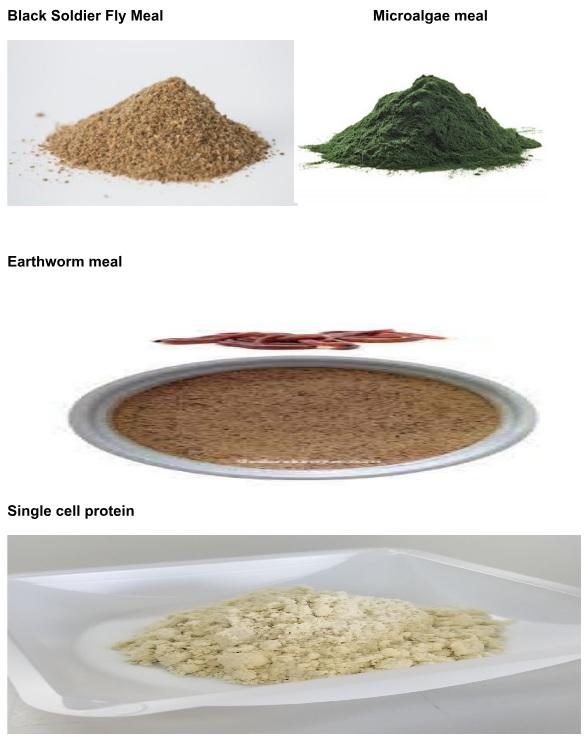
As new protein sources are discovered, single cell proteins (SCPs), products based on biomasses of bacteria, microalgae and others, are becoming more important.
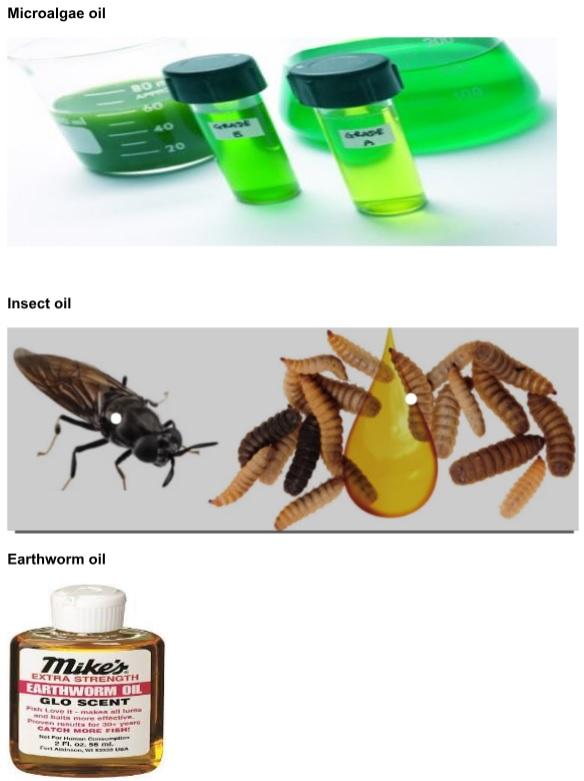
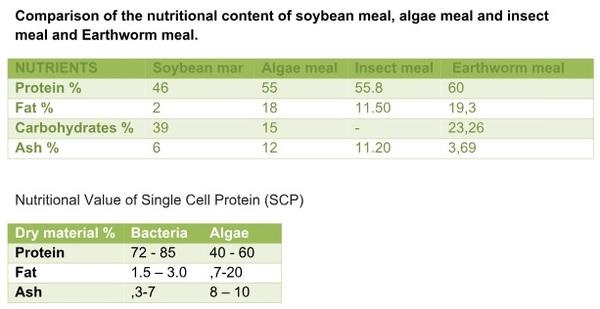
Conclusions:
- We need to design diets with high precision with the maximum absorption of nutrients friendly to the environment.
- We must ensure that every gram of food that animals eat is converted into meat, milk or egg.
- That the production of greenhouse gases from animals is the minimum.
- That animal excrement is converted into biogas and energy through gasification.
- That animal production be friendly to the environment and sustainable.
- That food of animal origin be nutritious, nutraceutical and innocuous to humans and pets.
- Self-sufficient installations that use biogas from the droppings and dead animals with renewable, solar and wind energy.

- Use ecological refrigerant gases: NH3, CO2.
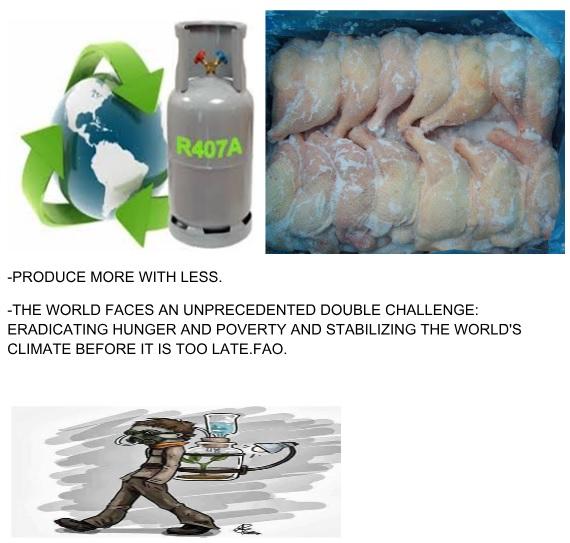
Related topics:
Authors:
Universidad ISA (Instituto Superior de Agricultura)
Influencers who recommended :
Luis Fernando Vergamini LunaRecommend
Comment
Share
Recommend
Reply
CADIA - Centro Argentino de Ingenieros Agrónomos
20 de julio de 2023
Perhaps, microbiological sintesis, by genetics would be at first.
Recommend
Reply
Universidad ISA (Instituto Superior de Agricultura)
18 de julio de 2023
Laboratory-grown meat and recycling human food waste are two feasible alternatives to face population growth in the future, seaweed will be of great interest.
Recommend
Reply
18 de julio de 2023
Interesting GRAPHIC approach to describe where the world will get into the feed supply.
I liked the wood meat stake by transforming cellulose to sugars.
Which system should be more efficient WORMS vs INSECTS?
Transforming Pet Food into Human Food?
Is the production of Meat Lab advancing steps into the human food chain?
Should humanity develop agricultural systems on salty water and soils with Halophytes species?
How far, far we could go to feed the planet? Any ideas?
Please give a comment.
Recommend
Reply

Would you like to discuss another topic? Create a new post to engage with experts in the community.









.jpg&w=3840&q=75)